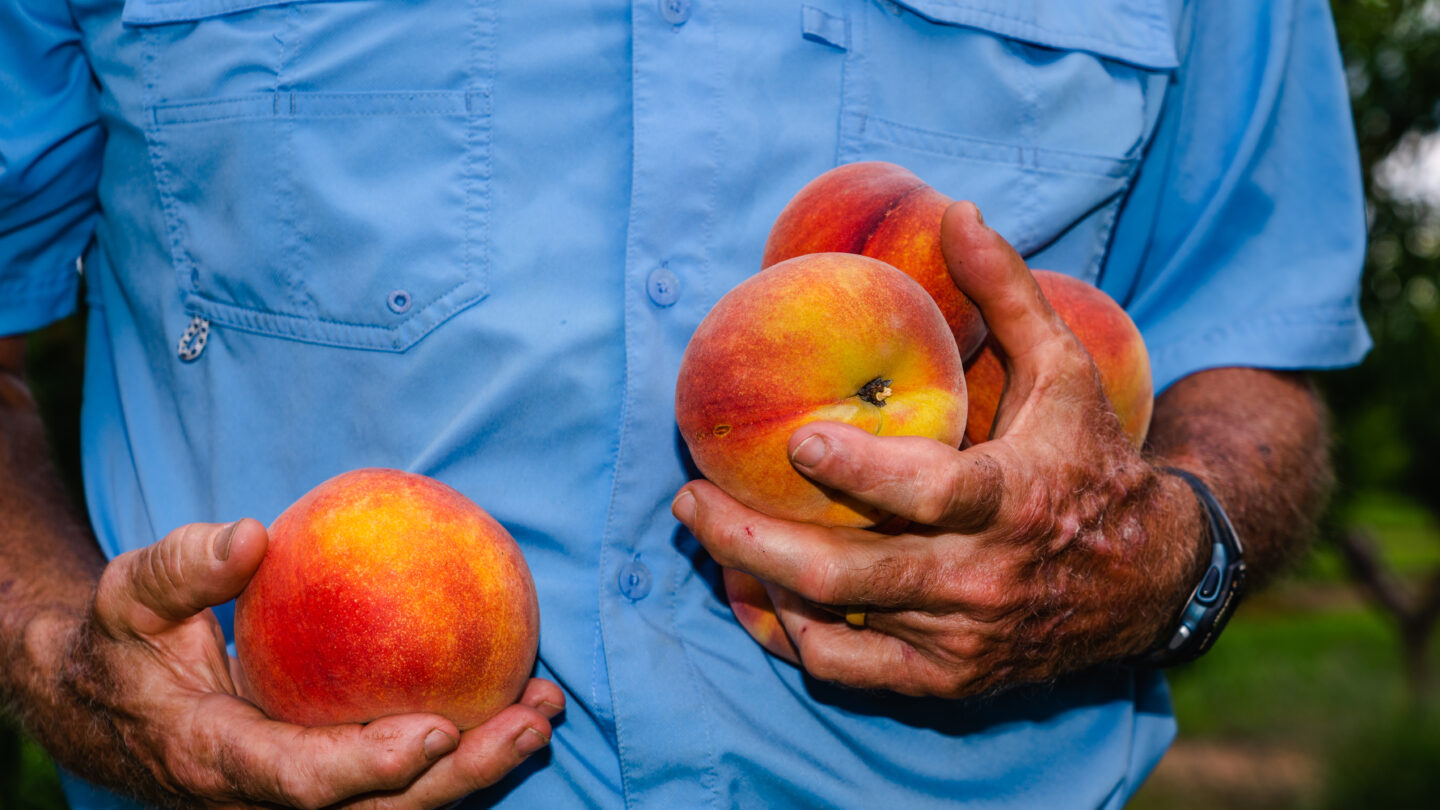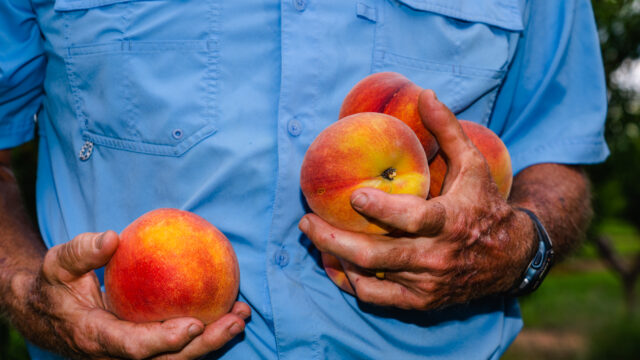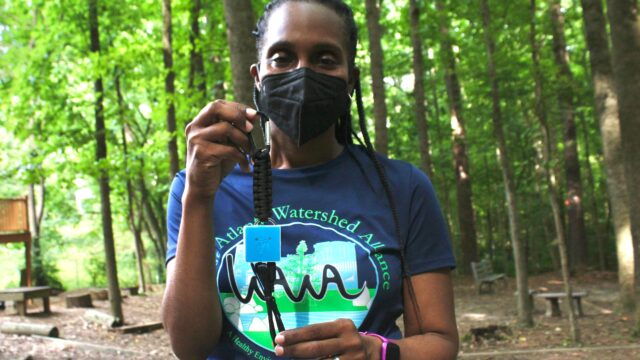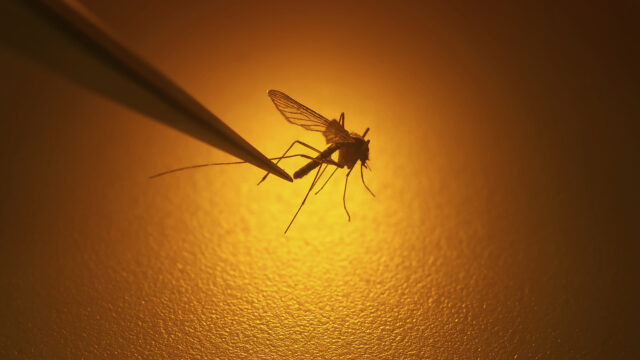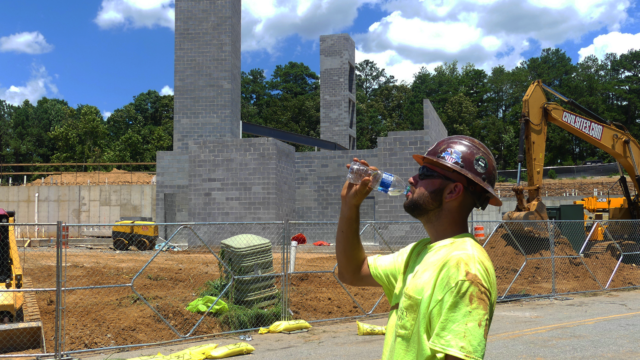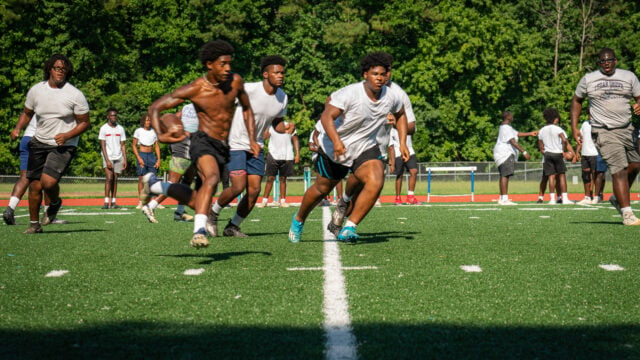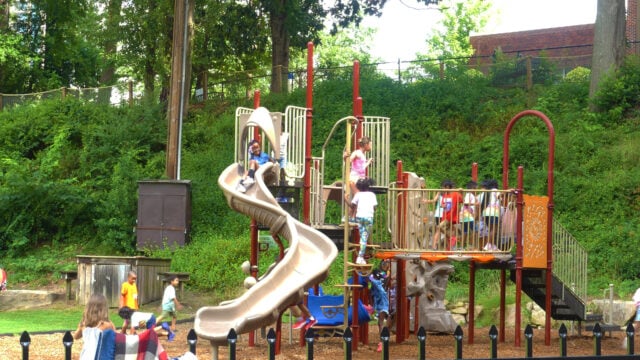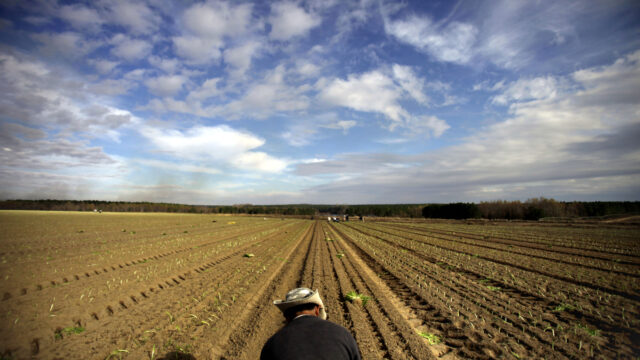Al Pearson’s family has grown peaches in Georgia for five generations.
“It’s home,” Pearson says, surveying a stretch of orchard his great-grandfather first planted with peach trees some 140 years ago. “There’s just a magnetism about it.”
Today, the trees are still pruned and harvested by hand. A late frost can still wreak havoc on the year’s crop. And, Pearson says, growing peaches is still “a lot of stress and a lot of gamble.”
Other things have changed, though.
Inside the packing house, new technology, like an optical sorter, snaps images of every peach rolling down the conveyor belt and directs the fruit by quality and size to just the right packaging and customer.
“We used to just produce peaches and try to sell them,” Pearson says. “This has either got to be profitable or fun, one or the other. And for a time, it was neither. We’ve come a long way from that.”
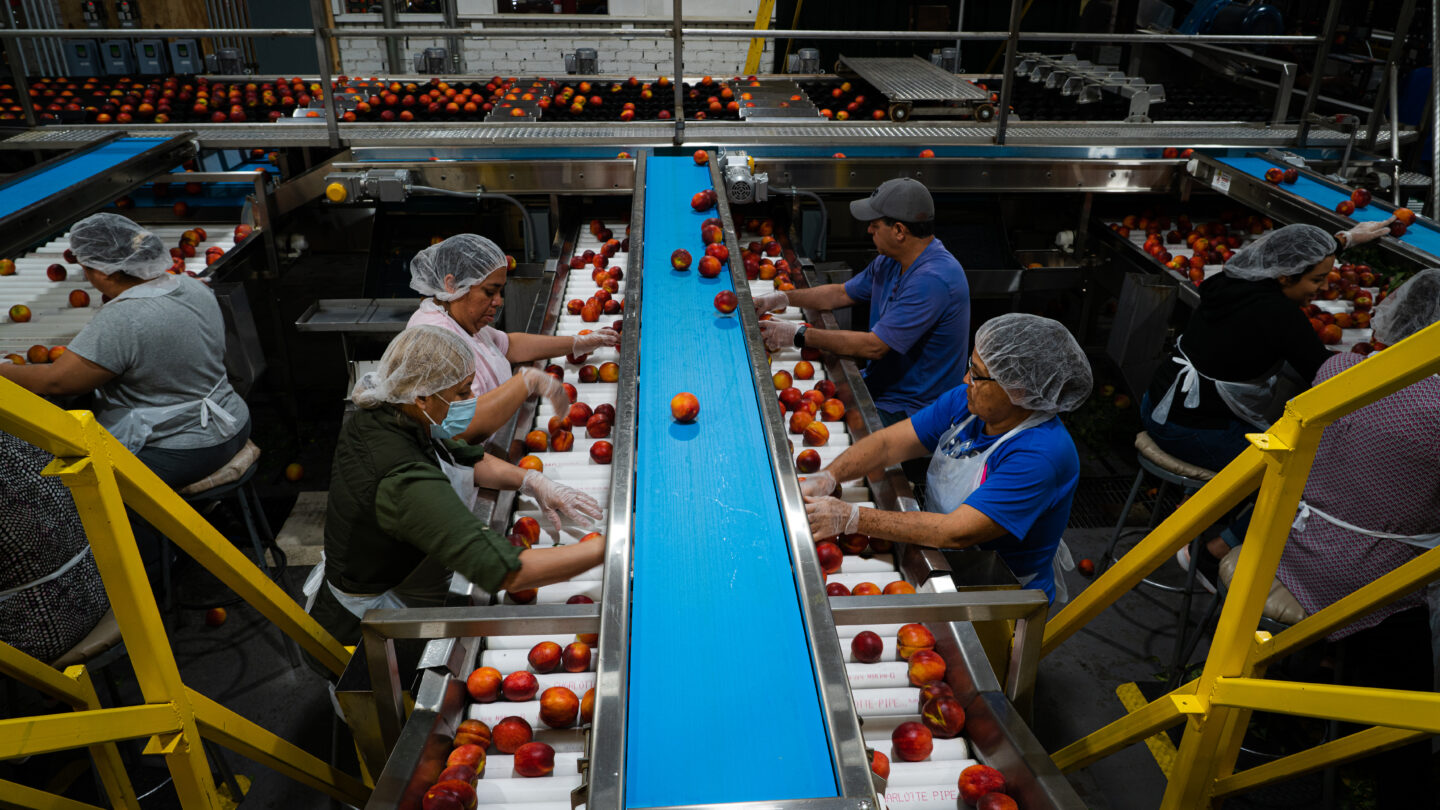
But now, Georgia peach farmers will need to confront another disruption – climate change.
Climatologists say that without finding ways to adapt, Georgia’s most iconic crop – plastered everywhere from the state’s license plates to its “I Voted” stickers – could be under threat.
Scientists warn that growers should expect warmer winters with fewer chill hours – the number of hours where the temperature drops below 45 degrees. That’s crucial since peaches and other fruit trees need a minimum number of chill hours to set fruit.
“We know winters are getting warmer,” says Pam Knox, an agricultural climatologist at the University of Georgia, “And there’s no explanation other than human-caused global warming.”
Knox says climate data also show that the number of winter chill hours has been declining in Georgia, even if spikes and drops year-to-year make the overall trend less noticeable.
“If you’re worried about the crop that’s already in the ground, then you’re going to worry about the weather and not the climate,” Knox says. “But climate is important when you start to look at things that are around for longer.”

A farmer investing in an expensive cotton harvester, for example, wants to know the climate will sustain growing cotton decades from now, Knox says. Or, rather than black Angus cattle, ranchers may want to raise other breeds that can better withstand the heat. Peach trees last a dozen or so years.
“Farmers are interested in things that will help them make a better crop because they have to keep their families alive,” Knox says. “Where we work most efficiently is where we can show that the kind of changes we need to make to help mitigate or adapt against climate change are also things that are going to benefit the bottom line.”
Peaches aren’t the only Georgia crops affected by warming. Blueberries are also particularly vulnerable – an industry that’s even more lucrative than peaches in Georgia.
Some Georgia farmers may opt to swap crops entirely, but, “peaches are not going to go away in Georgia,” Knox says. “Georgia is not going to become the ‘no Peach State.”
That’s because horticulturists are now experimenting with new varieties of peach trees that require fewer chill hours.
Dario Chavez, an associate horticulture professor at the University of Georgia who specializes in peaches, is breeding several new varieties at an experimental station in nearby Griffin.
Chavez, who grew up on a farm in Ecuador, remembers his parents struggling to improve their potato crop. “I quickly realized they had the same potatoes my grandparents were growing,” he says.
Now he’s trying to make sure other farmers don’t get stuck in a similar rut.
New varieties, Chavez says, can help sustain Georgia’s long tradition of growing peaches and the Peach State’s spot as the number three peach producer in the nation, despite climate change.
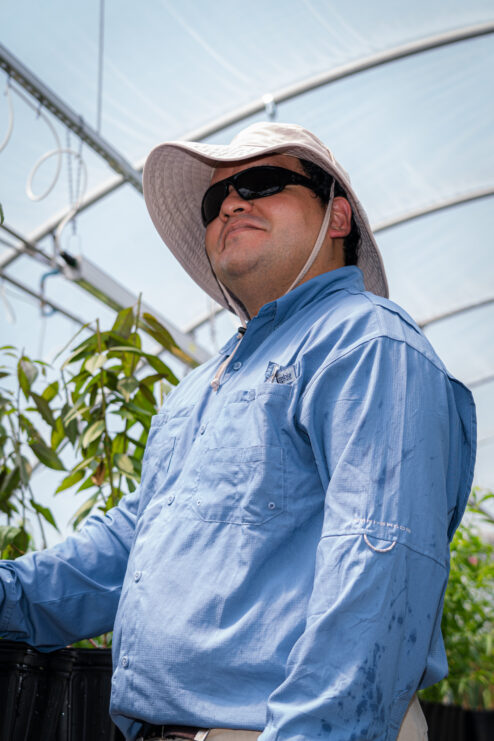
He says growers are already adapting.
“Thirty, 40 years ago, you probably used to grow 1,000 chill hour cultivars.” he says. “Do you grow those now? And they’ll probably say no.”
Producing a new variety that checks all the boxes is not an easy task.
A new breed may require fewer chill hours, but if it blooms too early, it’s vulnerable to being zapped by a late frost. There are all kinds of other considerations, too, like how the variety holds up to insects, disease, humidity or drought – problems also exacerbated by climate change.
Plus, the whole process can take years.
For Chavez, that means his work is often laying the groundwork for a future climate that’s different from today’s – and for a crop he might not even be around to see.
At Pearson Farm, Al Pearson greets a couple and their grandkids who are posted up in rocking chairs on a long covered porch, enjoying peach soft-serve ice cream.
Pearson says he hasn’t seen evidence of climate change affecting his crop so far, though he doesn’t discount the big picture climate data scientists are reporting.
“It’s certainly impossible to avoid the presence of the climate change conversation,” he says. “I’m not a climatologist, but I am a farmer, and the climate does affect us, but it’s not something I can see every day.”
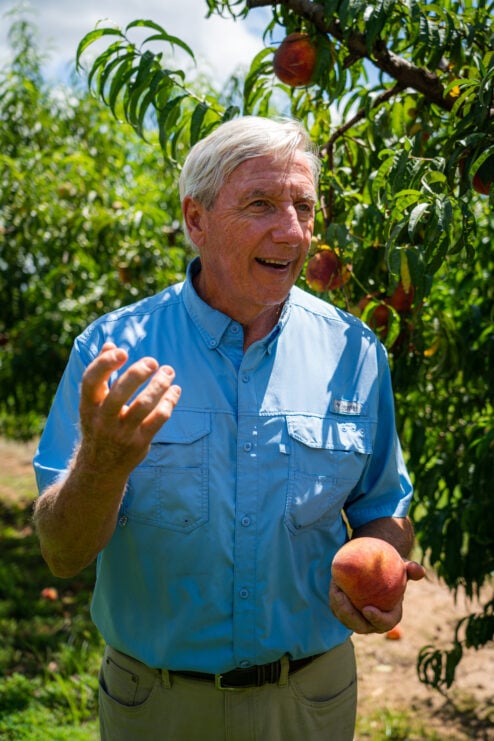
Al Pearson’s son, Lawton, who runs most of the farm’s day-to-day operation now, says he’s always experimenting with new varieties of peaches as he tries to anticipate any number of changes the farm may have to adapt to, including the climate.
“Every variety is like a child,” he says. “It takes years to figure them out.”
Two peach varieties grown by Pearson’s great, great-grandfather are still in production – the Belle of Georgia and the Elberta, the variety that jump started Georgia’s peach industry.
Pam Knox, at the University of Georgia, estimates if current climate trends persist, those varieties likely won’t be tenable in middle Georgia by mid-century.
“We’ve got to keep changing as the environment, as everything else changes,” Lawton Pearson says. “But it’s not something that scares us in the slightest about the future of growing peaches. It’s just something you’ve got to deal with. We don’t have a choice.”
This story is part of WABE’s The Heat Effect series.
